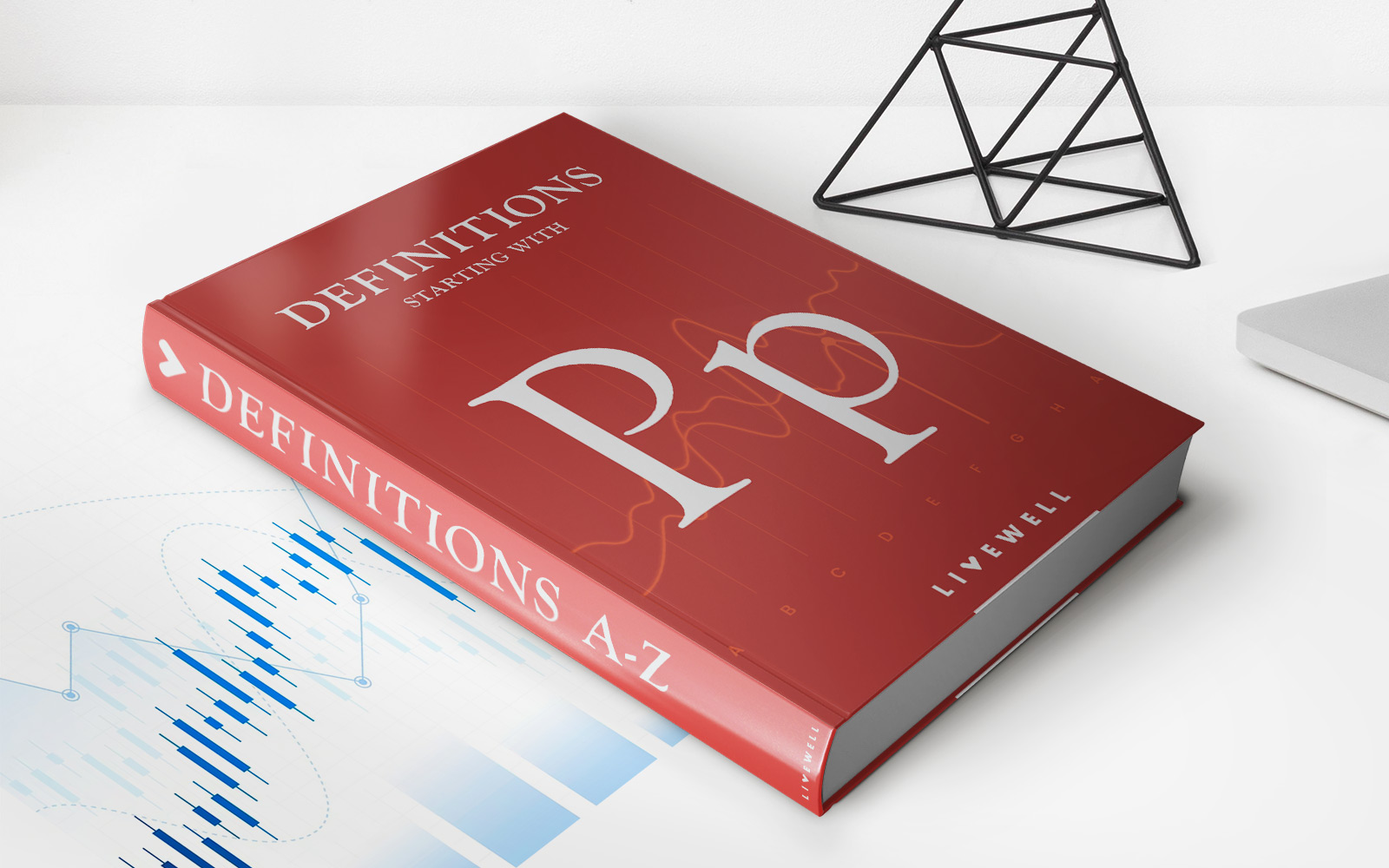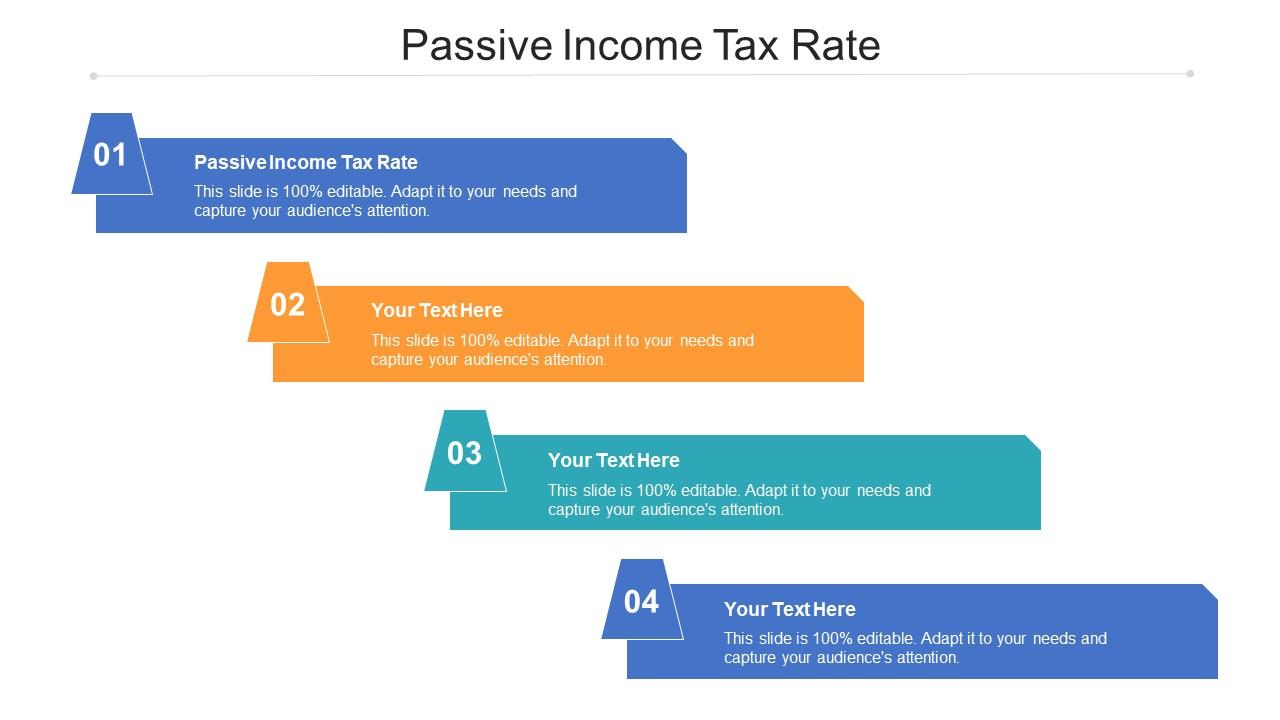

Finance
Philadelphia Fed Survey Definition
Published: January 8, 2024
Learn about the definition and importance of the Philadelphia Fed Survey in the world of finance. Explore how this survey affects economic indicators and informs financial decision-making.
(Many of the links in this article redirect to a specific reviewed product. Your purchase of these products through affiliate links helps to generate commission for LiveWell, at no extra cost. Learn more)
Exploring the Insights of the Philadelphia Federal Reserve Survey
Welcome to another exciting installment of our Finance blog series! Today, we dive into the world of economic indicators and take a closer look at the Philadelphia Federal Reserve Survey. This survey provides valuable data and insights into the economic conditions of the manufacturing sector in the United States. In this article, we’ll explain what the Philadelphia Fed Survey is, how it works, and why it’s an essential tool for investors and economists.
Key Takeaways:
- The Philadelphia Fed Survey is a monthly survey conducted by the Federal Reserve Bank of Philadelphia.
- The survey collects data on various economic indicators to gauge the health of the manufacturing sector.
The Philadelphia Federal Reserve Survey, also known as the Philly Fed Survey, is a critical economic indicator that provides a snapshot of the manufacturing industry’s conditions within the Third Federal Reserve District. This district encompasses Eastern Pennsylvania, Southern New Jersey, and Delaware. The survey is conducted monthly by the Federal Reserve Bank of Philadelphia, making it a reliable and up-to-date source of information for investors and economists alike.
So, what exactly does the Philly Fed Survey measure? This survey collects data from a selected group of manufacturers within the Third Federal Reserve District. These manufacturers are asked to respond to a series of questions regarding various economic indicators such as general business conditions, new orders, employment, and prices. The responses are then analyzed to determine the current and future economic outlook for the manufacturing sector.
One of the most significant advantages of the Philly Fed Survey is its timeliness. The survey is released around mid-month, providing an early indication of the sector’s performance for that month. This allows investors and policymakers to make informed decisions and adjust their strategies accordingly. Furthermore, the Philly Fed Survey is seen as a leading indicator, meaning its findings can provide insights into the broader economic health and potential trends.
The Philadelphia Fed Survey is closely monitored by economists, financial institutions, and investors due to its reliable and accurate data. The results of the survey can impact asset prices, business strategies, and even government policies. It sheds light on the overall direction of the manufacturing industry, enabling stakeholders to anticipate potential changes and take appropriate actions.
In conclusion, the Philadelphia Federal Reserve Survey, or Philly Fed Survey, is an invaluable tool for gauging the health and performance of the manufacturing sector. By analyzing a broad range of economic indicators, this survey provides timely and reliable data that helps investors, economists, and policymakers make informed decisions. Its insights into general business conditions, new orders, employment, and prices make it an essential resource for understanding the economic landscape. Stay tuned for more informative articles on economic indicators in our Finance blog series!














